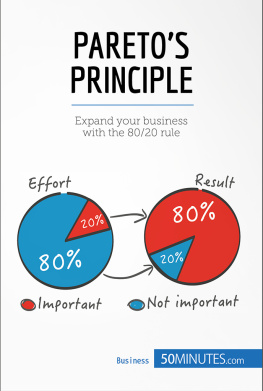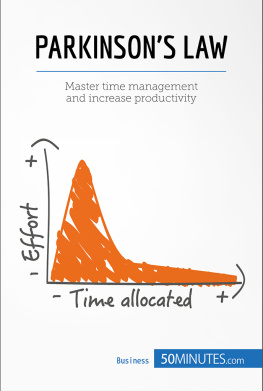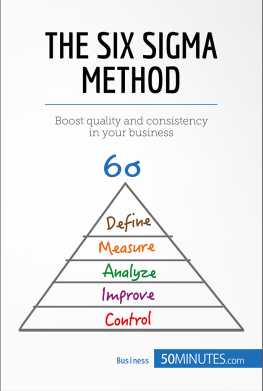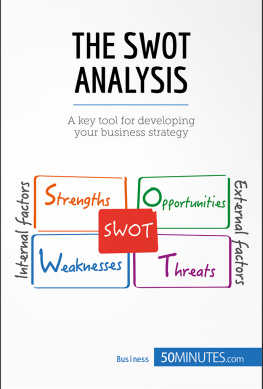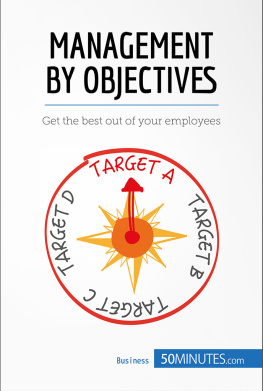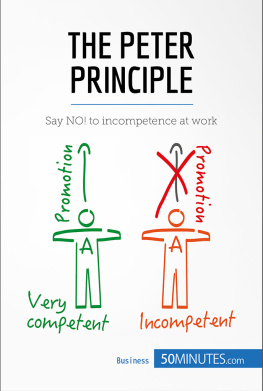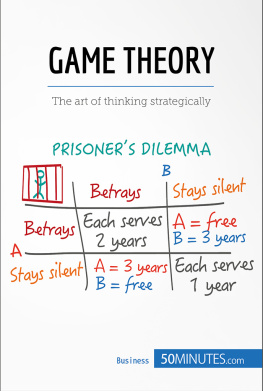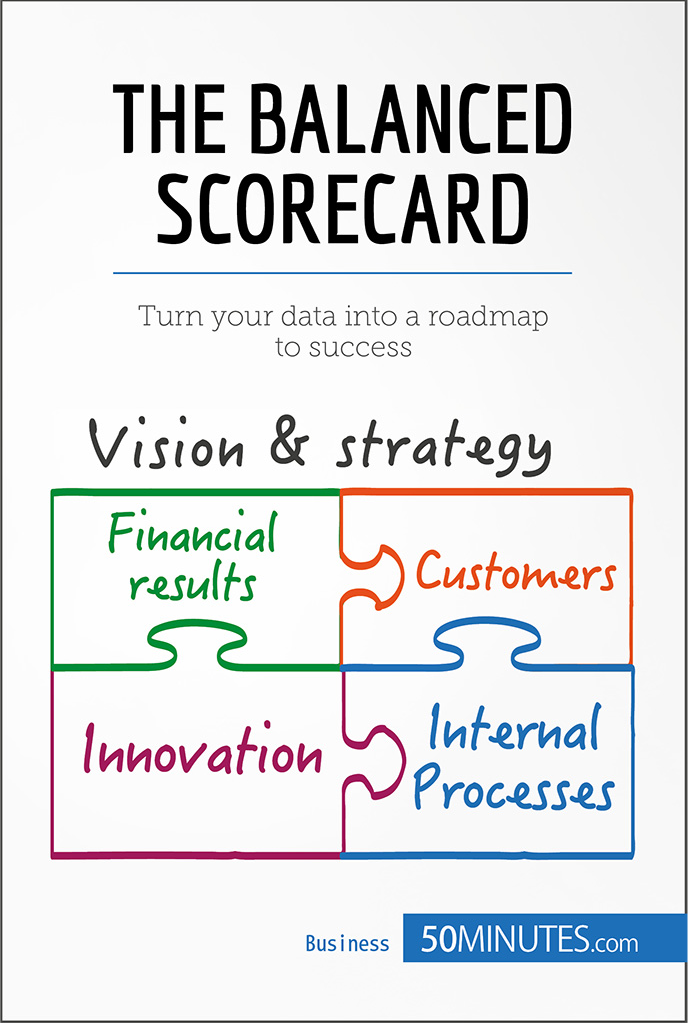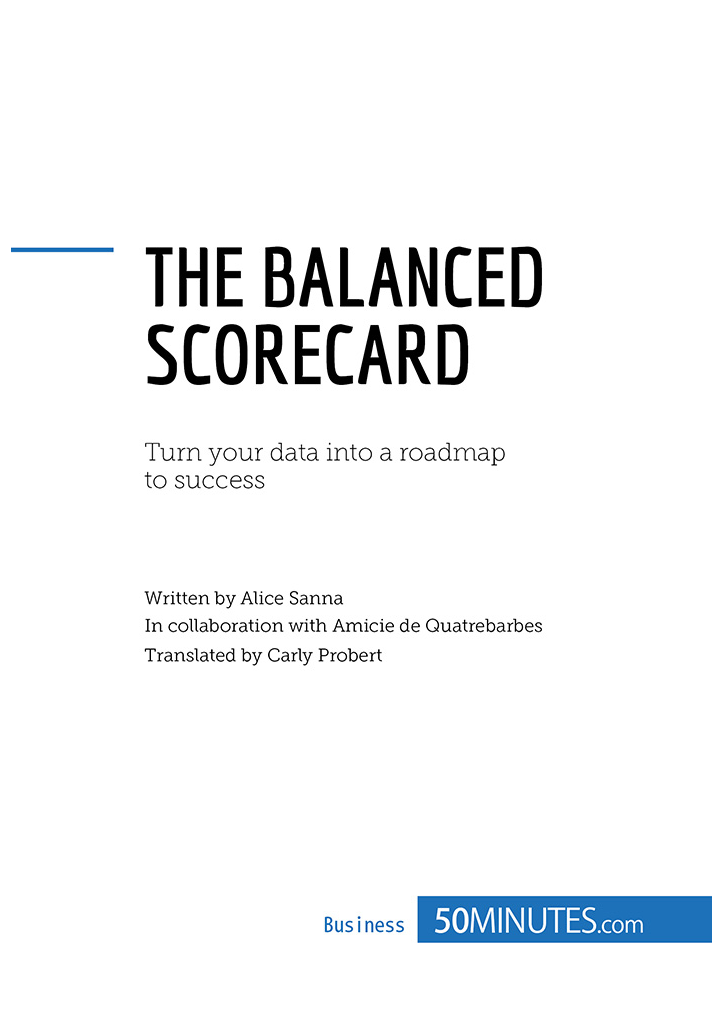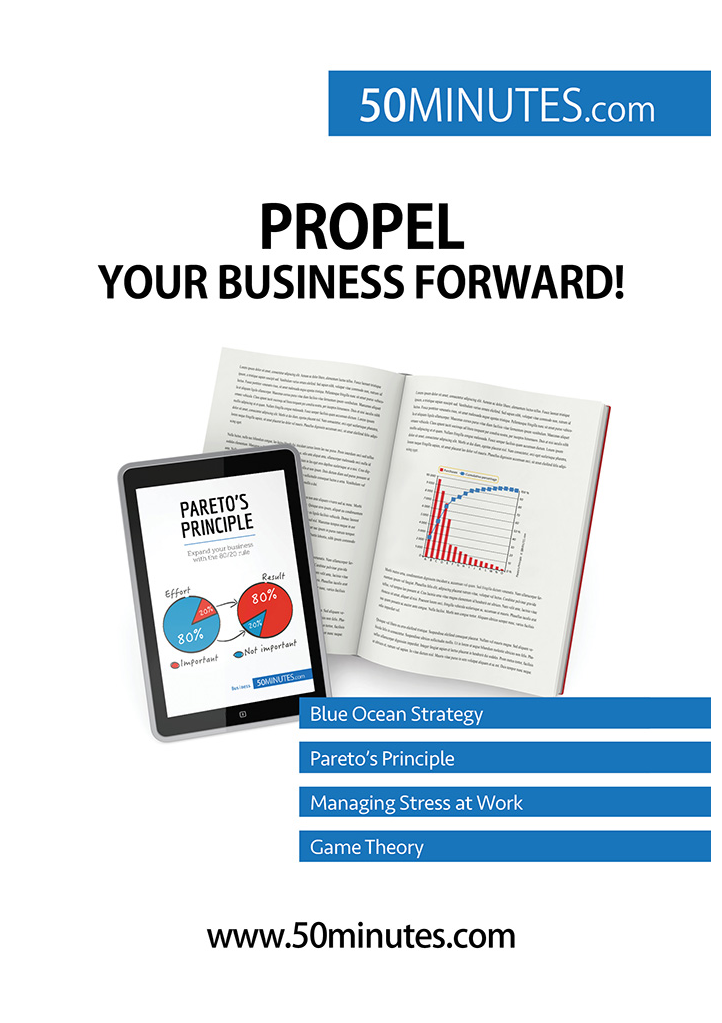The Balanced Scorecard
Key information
- Name: the Balanced Scorecard (BSC).
- Uses: the Balanced Scorecard links an organisations long term objectives to its daily activities. It is a tool for strategic thinking that can be adapted to suit the organisations overall approach.
- Why is it successful? The Balanced Scorecard gives managers, employees and shareholders a comprehensive view of the company, based on financial and non-financial aspects. The Balanced Scorecard clarifies the short and long term objectives and the strategies of the company. It also ensures consistency between daily activities and the overall vision of the company.
- Key words:
- Indicator: qualitative or quantitative information that accounts for the variation of a variable (economic, financial, etc.) for a given time.
- A means indicator calculates the resources that have been or will be necessary to achieve an objective.
- A performance indicator measures the performance of the company.
- Performance: the companys ability to meet its objectives using appropriate resources at lower costs.
- Variable: an element that can take on different values according to the group/environment in which it evolves.
Introduction
History and context
Before the 1990s, businesses already had access to budgetary and financial frameworks. However, they were often developed by trading societies and industrial companies, often based on old, static information and did not take into account the operational indicators, customers or people. David P. Norton (born in 1941), co-founder of the IT strategy society Nolan, Norton & Company, and Robert S. Kaplan (born in 1940), a professor at Harvard Business School, developed the Balanced Scorecard (BSC) to solve this problem. This tool combines strategy and management and was officially created in 1992 through the article published in the Harvard Business Review by the two American economists, The Balanced Scorecard: Measures That Drive Performance.
The BSC is a summary of conclusions drawn from a study (which lasted 12 months and was carried out in many different companies) that focuses on the resources available to managers to assess the future performance of their businesses. Norton and Kaplans project was created due to the obvious differences between the traditional methods of measuring performance (based only on financial indicators) and the needs of modern businesses.
Definition of the model
The BSC is a scoreboard that gives a comprehensive view of the short and long term objectives and the strategies of a business from a series of performance indicators. These indicators assess and measure the projects and aims of the company. The most innovative element of this management tool lies in its analysis, which is based on four key areas:
- Financial perspective . What are the expectations of the company shareholders?
- People perspective, including customers, partners and shareholders. To achieve its objectives, how must the business be perceived?
- Internal business processes . What business processes must be put in place for the business to succeed?
- Learning, growth and innovation . How can the company support its capacity for change and innovation?
Good to know
The Balanced Scorecard is inspired by the scoreboards used at baseball and basketball games. When applied, it produces results according to different combinations of variables. A retrospective overall analysis is also necessary to assess the accuracy of the scorecard.
Theory
In the early 1980s, our society became based on information instead of industry. From then on, businesses had to place themselves in a market that was becoming increasingly globalised and where customer satisfaction was a huge competitive advantage. This completely changed the way businesses were run.
Consequently, it became difficult to rely on a management system that was based only on the financial and economic measures of evaluation. The budget frameworks used before were not sufficient, as so many perspectives were ignored: commercial objectives, production objectives and human resources.
Kaplan and Norton proposed an automatic management tool that combined all of the essential perspectives. Each of these perspectives has its own objectives and performance indicators. These indicators highlight the critical points when businesses must intervene to anticipate decline. The BSC created stability that allowed for the integration and balancing of these different indicators.
In their publication The Balanced Scorecard (1998), the two economists relate the BSC approach to the flight control system. In their example, they mention a disastrous scenario: while flying a plane, the pilot is only concentrating on the wind speed and is neglecting the fuel level and the altitude of the aircraft. The pilot justifies his flying by explaining that he could not focus on everything at once, but this does not reassure any of the passengers.
The same goes for companies: they cannot neglect some variables of their management if they want to determine and control the general conjecture of their organisation. It is vital, as with a plane, to have several tools available to clearly identify the objective and how to achieve it.
The BSC method is more than just a simple tool for measuring performance. The most dynamic aspect of the BSC is the inclusion of four key areas for analysis and the relationship between the present and future vision of the company. All of the perspectives are linked by the relationship between cause and effect, sometimes called the chain of causation, which identifies the final results and explains the differences between the actual results and the initial objectives. The Balanced Scorecard is used as a system for long term strategic management.
The creators of this system identify four areas of interdependent performance that they believe have an impact on the performance of a business:
- Economic perspective. How is it perceived by our stakeholders?
- Customer perspective . Are the customers satisfied?
- Internal business processes . In what area does it excel internally? What are its strengths? What business processes must be put in place to achieve the companys ambitions?
- Learning, growth and innovation . What has the company put in place to support and develop its capacity for adaptation, innovation and growth?
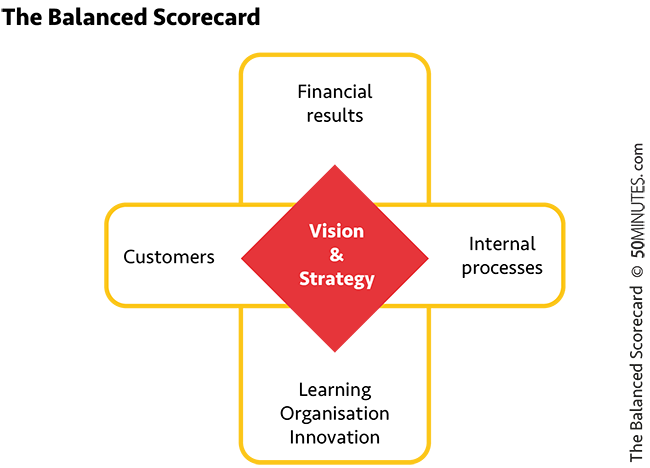
Each perspective involves indicators of:
- the method for calculating the resources needed to meet the objective;
- the results that assess the companys performance itself.
Financial perspective
This perspective is based on the assumption that the long-term objective of a business is always to maximise the return for its shareholders. For this to happen, the business should employ different strategies targeting revenue growth and productivity.
Most of the time, the financial objectives include:







